The world of indie game development is where creativity knows no bounds and innovation reigns supreme. Over the years, the indie game market has seen explosive growth, with more and more game developers turning their ideas into reality.
But here’s the thing: making a great indie game is just the first step in a long road.
You see, in today’s crowded gaming landscape, standing out from the crowd is key. And that’s where effective publishing and monetization strategies come into play.
Without them, even the most brilliant indie games risk getting lost in the shuffle, overshadowed by bigger titles with bigger budgets.
So, if you’re ready to turn your passion for indie game development into cash, you’ve come to the right place. In this article, we’ll walk you through everything you need to know how to monetize your indie game successfully.
Understanding the Indie Game Market
When it comes to indie gaming, understanding the current trends is like having a treasure map to success.
Gamers have become bored with popular traditional games, which has opened up a path for independent game developers to shine. This surge in demand has led to the mass creation of indie games across a variety of genres and platforms.
Instead of trying to appeal to the masses, indie developers are focusing on serving specific audiences with distinct tastes. By focusing on niche markets, indie game developers can create games that suit the interests of each target group of gamers.
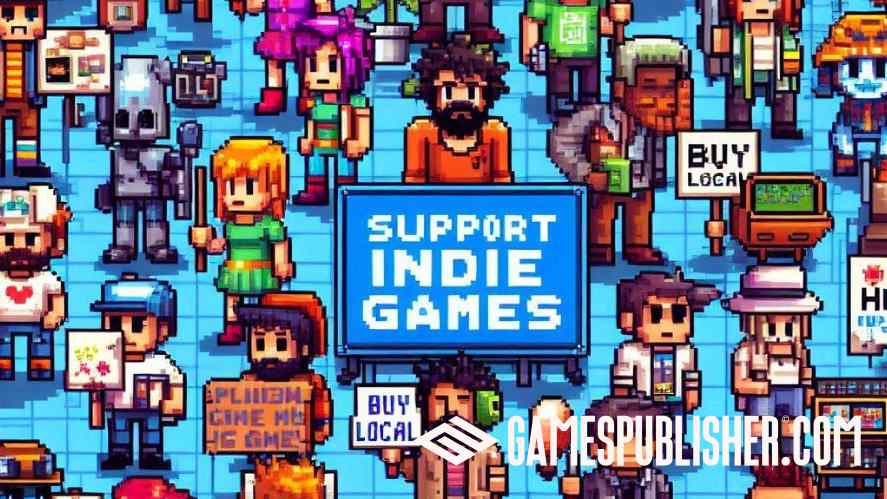
This niche approach not only maximizes the experience for players but also increases the likelihood of success for independent developers.
Moreover, community building plays an important role in the success of indie games. Unlike big-budget titles backed by massive marketing campaigns, indie developers rely heavily on their community’s efforts to promote their games.
Building a dedicated community around your game not only fosters a sense of belonging among players but also generates valuable word-of-mouth promotion. Through social media, forums, and gaming communities, indie developers can engage directly with their audience, gather feedback, and cultivate a loyal fan base.
Understanding these important aspects of the game market, indie game developers will easily come up with a successful and appropriate monetization strategy.
Indie Game Publishing Strategies
After creating your indie game, there might be a question that comes to your mind: How do you get this game out there for the world to enjoy?
We’ll explore two publishing paths: self-publishing and partnering with a publisher. Both offer advantages, so let’s dissect each to find the perfect fit for your game!
Direct publishing gives you full control. You’re the captain of your ship, steering it through the rough seas of game distribution.
With this method, you will have to handle everything from marketing sales to customer support. You have freedom and flexibility in publishing your game, which in turn will result in a hands-on experience.

Partnering with video game publishers, on the other hand, offers a smoother ride. Experienced navigators can provide valuable support in areas like marketing, distribution, and even funding.
Moreover, they often come with established connections and a built-in audience, which can give your game a good start.
There are many things you should consider when it comes to publishing platforms. In other words, where you choose to launch your game can make a big difference.
Steam, Itch.io, and various app stores each have their own advantages and audiences.
Steam, for instance, is a giant in the PC gaming world, with millions of users ready to discover new indie gems. On the other hand, Itch.io offers a more indie-friendly vibe, perfect for experimental or niche titles. And then there are the app stores, where mobile games dominate.
When deciding on platforms, consider your target audience and game genre.
Where are they most likely to hang out? Which platform best suits your game’s unique features and selling points? By carefully considering these factors, you can maximize your game’s visibility and reach.
Monetization Models for Indie Games
Sounds like you’re ready to reap the rewards of your hard work! Let’s dive into some monetization models that can turn your indie game into a profitable venture!
1. Pay-to-Play
In pay-to-play games, an upfront purchase price is key.
However, setting the right price and offering discounts can significantly impact your sales. Consider factors like game quality, market demand, and your target audience’s willingness to pay.
Discounts and promotions can also help boost sales during special events or holidays.
2. Free-to-Play with In-App Purchases
Free-to-play games can be tricky! You want players to enjoy the free experience but also be tempted by in-game purchases.
Let’s offer cool cosmetic items or helpful enhancements that make the game more fun, not pay-to-win advantages.
It’s important to strike a balance between enticing players to make purchases and ensuring that the game remains enjoyable for those who don’t.
Providing value through in-app purchases can encourage players to financially support your game.
3. Subscription Model
Subscriptions foster players coming back for more with a recurring fee.
To keep players subscribed, you need to give them a reason to stay engaged. That’s where fresh content, updates, and exclusive perks come in! This could include new levels, characters, or in-game events.
You should offer users subscription levels with different benefits catering to different players’ budgets. In this way, everyone gets something they love, keeping them hooked on your game!
4. Ad Monetization
Want to turn your game into a gold mine without killing the fun?
In-game ads can be your secret weapon, but choose wisely! It would be better to balance ad frequency based on user experience, choosing the right ad formats, and leveraging ad networks.
Furthermore, opting for non-intrusive formats like rewarded video or banner ads that don’t disrupt gameplay will keep players happy and your revenue flowing.
Additionally, partnering with reputable ad networks can help you reach a broader audience and increase even more earning potential.
5. Sponsorship and Licensing
Want your game to become a superstar? Partnering with awesome brands (cool in-game items or sponsorships that fit your game’s world) is a great way to earn more and get your game in front of tons of new players.
You can also team up with video game publishers or platform holders – they’re basically like magic portals that teleport your game to a whole new audience!
Marketing and Player Engagement
Creating a successful indie game goes beyond just coding. To truly thrive, you need to cultivate a passionate community around your project.
Here’s your roadmap to building a loyal fanbase and keeping them engaged!
Building a Community
Engaging with players is key to building a loyal fanbase for your indie game.
One effective strategy is to leverage social media platforms like Twitter, Facebook, and Instagram to connect with players directly.

You can post cool stuff like behind-the-scenes glimpses, concept art, and even sneak peeks of what’s coming next. This will get everyone hyped for your game!
Additionally, hanging out in online forums where other indie game lovers chat can help you establish relationships with your players.
Moreover, hosting awesome in-game events like tournaments or challenges is a fantastic way to bring the community together and create some epic memories.
Feedback and Iteration
Listening to player feedback is vital for improving your game and keeping them satisfied.
Set up channels for players to provide feedback, whether it’s through in-game surveys, community forums, or social media polls.
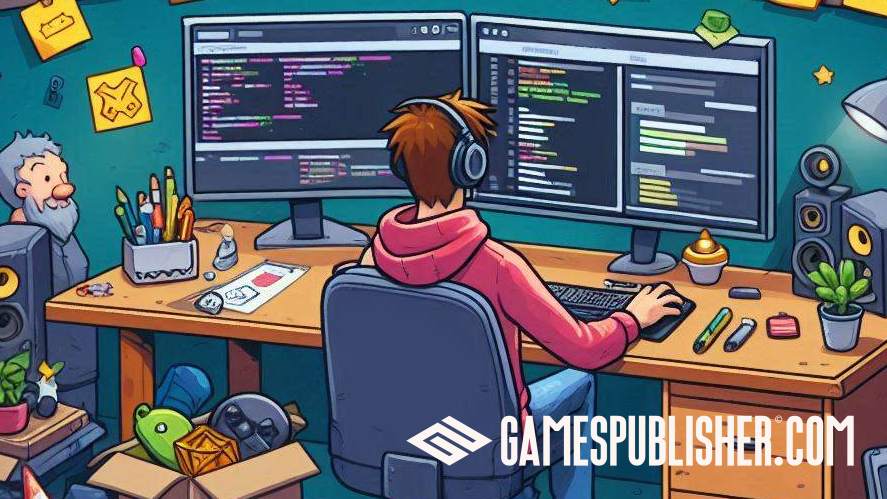
Take the time to read and analyze the feedback you receive, identifying common themes and areas for improvement.
Regularly update your game based on this feedback, addressing bugs, adding new features, and refining gameplay mechanics to ensure that your game stays fresh and enjoyable for players.
Leveraging Influencers
Partnering with influencers and content creators is a fantastic way to get your indie game in front of more players.
Target gaming content creators and offer them early access or exclusive content for coverage on their channels. This not only exposes your game to their audience but also adds a layer of trust to your marketing.

Encourage them to create Let’s Play videos, reviews, and tutorials, and be sure to interact with their viewers by responding to comments and messages.
By tapping into the reach and influence of these creators, you can significantly increase awareness and excitement for your game.
Case Studies
One prime example is “Stardew Valley“, created by solo developer ConcernedApe.
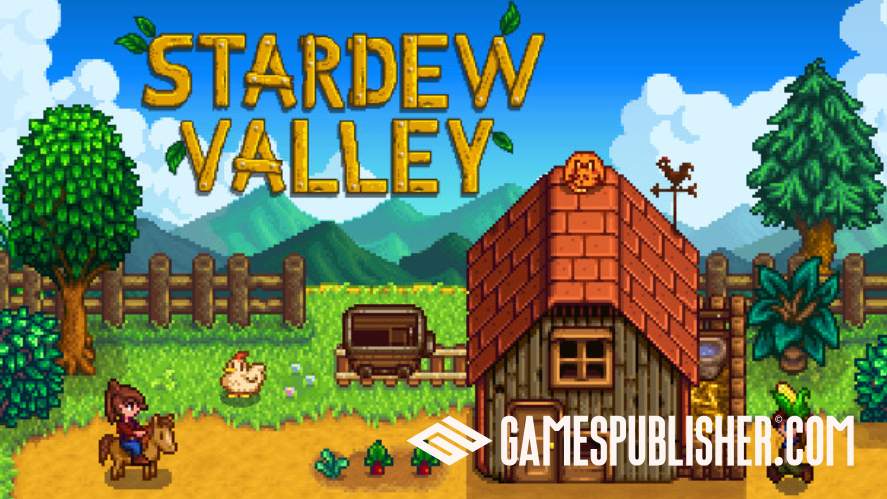
This game became an indie sensation, selling millions! What was its secret sauce?
ConcernedApe built a community around the game.
Through consistent updates and active engagement on forums and social media, they cultivated a devoted fanbase who couldn’t wait for the next exciting addition.
Another noteworthy case is “Undertale” by Toby Fox.
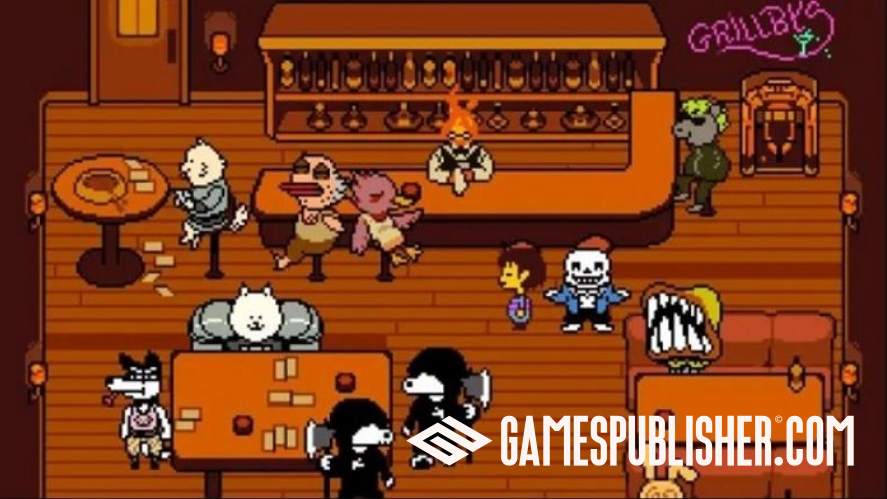
This quirky RPG wasn’t just praised for its adorable pixel art and gripping story but also for its fresh take on player choice and consequences.
Instead of flashy ads, Fox relied on the power of word-of-mouth and online communities to spread the word.
The outcome?
A dedicated fanbase that launched Undertale into the indie Hall of Fame.
Challenges and Solutions
The indie game development journey can be a wild ride – like venturing through a blindfolded maze.
But don’t worry! For every obstacle, there’s a clever strategy to overcome it.
Let’s uncover the common stumbling blocks indie devs face and how to sidestep them.
One of the major challenges indie game developers encounter is visibility.
With thousands of games released every year, standing out in the crowd is not easy.
However, by leveraging social media, building a community around your game, and optimizing your store presence with eye-catching visuals and engaging descriptions, you can stand out from the crowd and grab players’ attention.
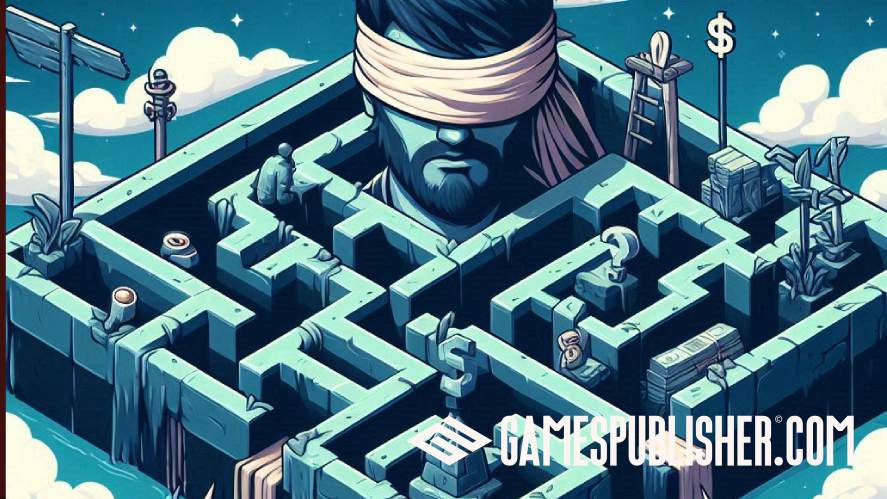
Another challenge is finding the right monetization model.
It’s important to choose the right strategy for your game’s genre, target audience, and gaming experience.
Whether it’s opting for in-app purchases, offering downloadable content, or integrating ads, choosing the right approach can significantly impact your game’s revenue potential.
Moreover, maintaining player engagement post-launch poses a significant challenge.
Many indie games have difficulty retaining players after the initial excitement period.
To combat this, regularly update your game with fresh content, listen to player feedback, and foster a sense of community through forums or social media groups.
By keeping players invested in your game, you can prolong its lifespan and generate ongoing revenue streams.
While the road to indie game success can be fraught with challenges, with the right strategies and perseverance, you can overcome them and turn your passion project into a successful and profitable business project.
Conclusion
Remember, there’s no one-size-fits-all for indie game success.
Experiment, innovate, and find the monetization strategy that resonates with your game and audience.
The video game industry keeps evolving, so stay adaptable and embrace new ideas.
With passion and creativity, your game can become profitable. Press start and begin your indie video game development journey!
Loading survey...

